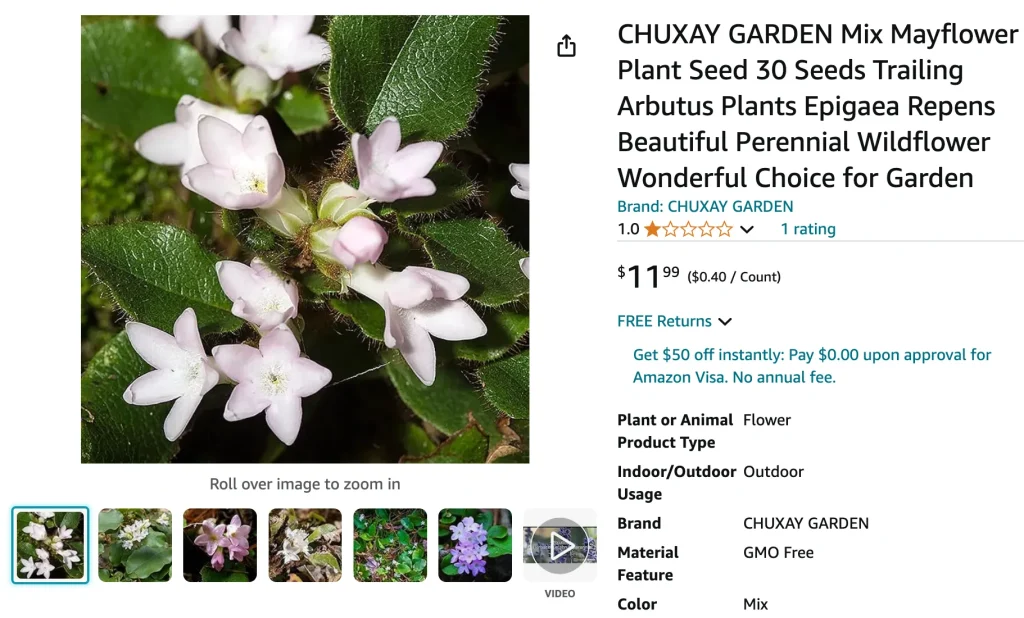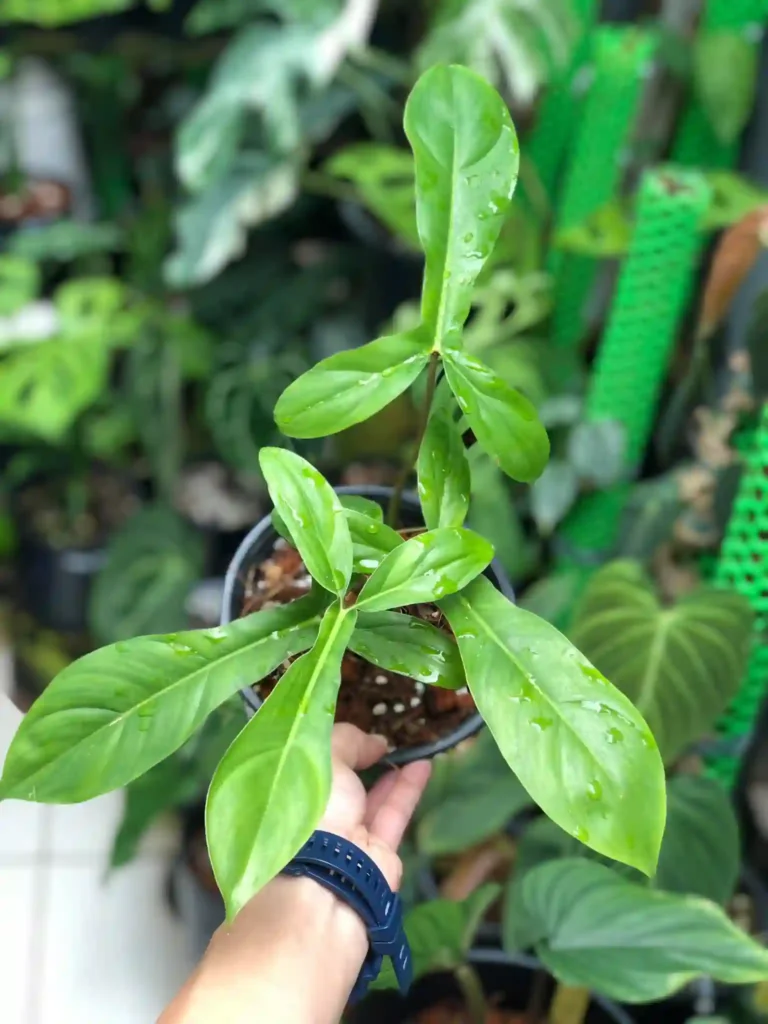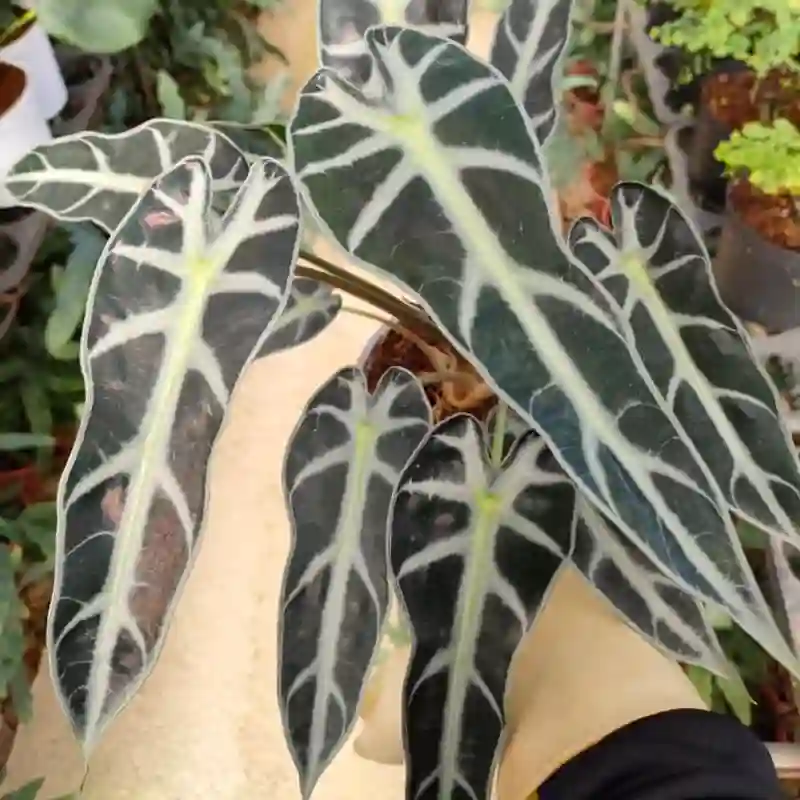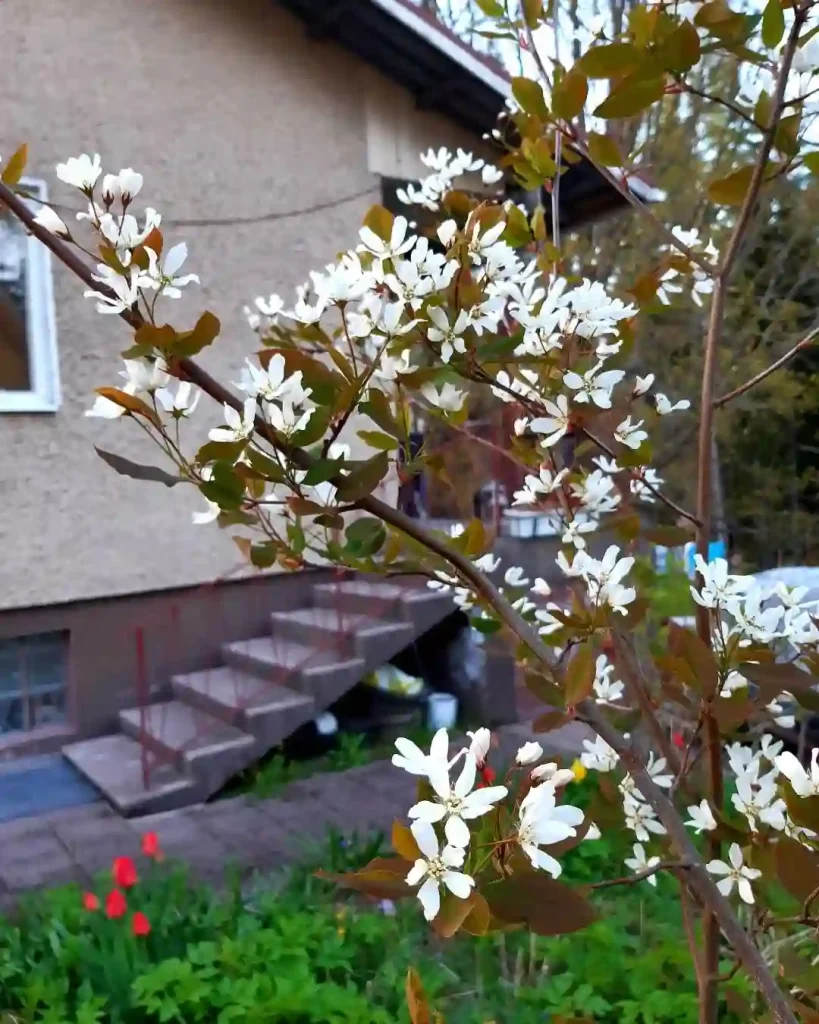
FAQs About Epigaea Repens
Epigaea Repens, commonly known as Mayflower or Trailing Arbutus, belong to the Ericaceae family, is a charming and low-growing evergreen plant native to North America. It’s known for its fragrant pink or white flowers and its ability to thrive in shaded woodland environments. Having grown and cared for Epigaea Repens for a few years, I’ve gathered a lot of insights into this beautiful plant. If you’re curious about how to grow, care for, or propagate Epigaea Repens, or if you want to know more about its benefits and potential problems, keep reading!
Plant Family: 121 Genera in Ericaceae
How to Grow Epigaea Repens Mayflower?
Growing Epigaea Repens is a rewarding experience if you know the right conditions it needs. This plant thrives in acidic, well-drained soil and prefers partial to full shade. It’s ideal for woodland gardens or shaded areas in your garden where the soil remains moist but not waterlogged. To start growing Epigaea Repens, you should:
- Choose the Right Location: Find a shaded or partially shaded spot in your garden. Avoid direct sunlight as it can scorch the leaves.
- Prepare the Soil: Ensure the soil is acidic, rich in organic matter, and well-drained. You can amend the soil with peat moss or pine needles to increase acidity.
- Planting: Space the plants about 6-12 inches apart to allow for their spreading nature. Plant them at the same depth they were in the nursery pot.
- Watering: Keep the soil consistently moist, especially during the growing season. However, avoid overwatering, which can lead to root rot.
How to Care for Epigaea Repens?
Caring for Epigaea Repens involves a few key practices to keep it healthy and thriving:
- Watering: Regular watering is essential, particularly in dry spells. Ensure the soil remains moist but not soggy.
- Mulching: Apply a layer of mulch around the plant to retain soil moisture and regulate soil temperature.
- Fertilizing: Feed Epigaea Repens with a balanced, slow-release fertilizer in early spring. Avoid over-fertilizing as it can lead to excessive foliage growth at the expense of flowers.
- Pruning: Minimal pruning is needed. Remove any dead or damaged stems to maintain a tidy appearance.
How to Propagate Epigaea Repens?
Propagating Epigaea Repens can be done through several methods:
- Division: In early spring, you can divide mature plants. Gently separate the root clumps and replant them in new locations.
- Seed: Collect seeds from mature plants in late summer or early fall. Sow them in a cold frame or greenhouse and keep the soil moist. Germination may take several months.
- Cuttings: Take cuttings of young shoots in early summer. Dip them in rooting hormone and plant them in a moist, acidic medium.
What to Plant With Epigaea Repens?
Epigaea Repens pairs well with other shade-loving plants. Here are some great companions:
- Ferns: Their delicate foliage complements the low-growing nature of Epigaea Repens.
- Hostas: Provide texture contrast with their broad leaves.
- Trilliums: These native wildflowers add seasonal interest.
- Brunnera: The silver-leaved varieties offer a striking contrast.
Can You Grow Epigaea Repens Indoors?
While Epigaea Repens prefers outdoor environments, it can be grown indoors under the right conditions. Provide a cool, shaded spot with high humidity. Use acidic potting soil and ensure adequate drainage. Indoor growth might be slower and less vigorous compared to outdoor conditions.
Is Epigaea Repens Toxic?
Epigaea Repens is not considered toxic to humans or pets. However, as with all plants, it’s a good idea to prevent pets from nibbling on them, as ingestion of large amounts might cause mild gastrointestinal upset.
Benefits of Epigaea Repens
Epigaea Repens offers several benefits:
- Ground Cover: It makes an excellent ground cover in shady areas.
- Aesthetic Appeal: Its evergreen foliage and fragrant flowers enhance garden beauty.
- Wildlife Friendly: It attracts pollinators such as bees and butterflies.
Common Problems
Some common issues with Epigaea Repens include:
- Root Rot: Caused by overly wet soil. Ensure proper drainage and avoid overwatering.
- Pest Infestations: Look out for pests like aphids or scale. Treat with insecticidal soap if needed.
- Leaf Drop: Can occur if the plant experiences stress from drought or poor soil conditions. Ensure consistent moisture and proper soil.
Compare Epigaea Repens with Similar Plants
Epigaea Repens is sometimes confused with plants like Gaultheria procumbens (Wintergreen) and Kalmia latifolia (Mountain Laurel). Here’s how they compare:
- Epigaea Repens vs. Gaultheria procumbens: Both are evergreen ground covers, but Gaultheria has small red berries and a more upright growth habit, while Epigaea Repens has a trailing nature and produces fragrant flowers.
- Epigaea Repens vs. Kalmia latifolia: Kalmia latifolia is a larger shrub with showy flowers and a more upright growth form. Epigaea Repens is a low-growing ground cover with a more delicate appearance.
In conclusion, Epigaea Repens is a versatile and attractive plant that can enhance shaded areas of your garden. With the right care and conditions, it can thrive and bring a touch of natural beauty to your landscape.
If i die, water my plants!



